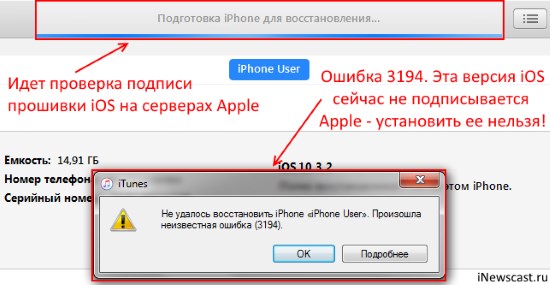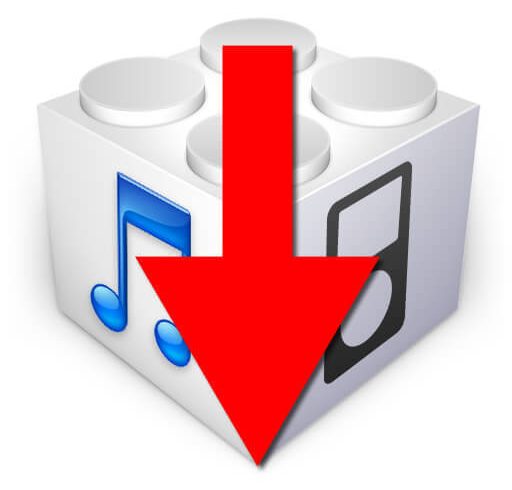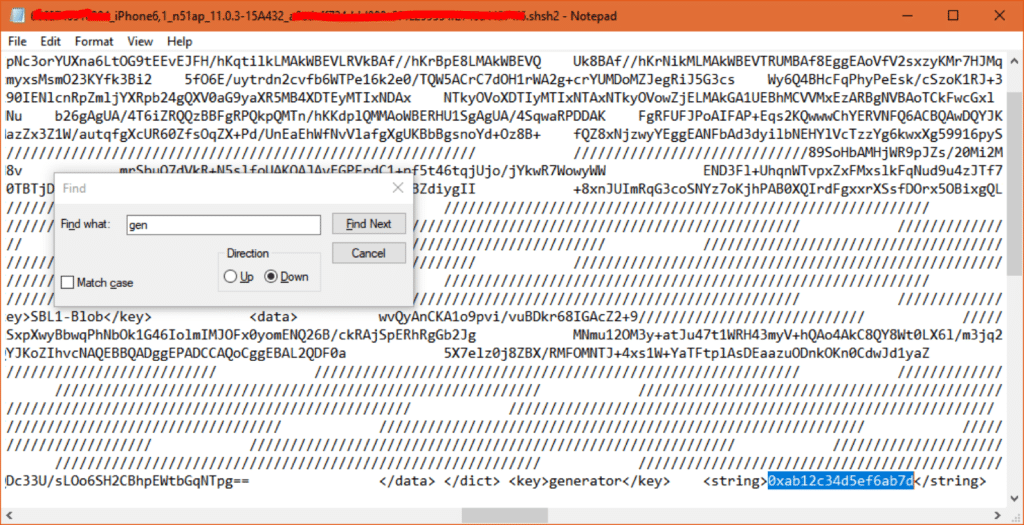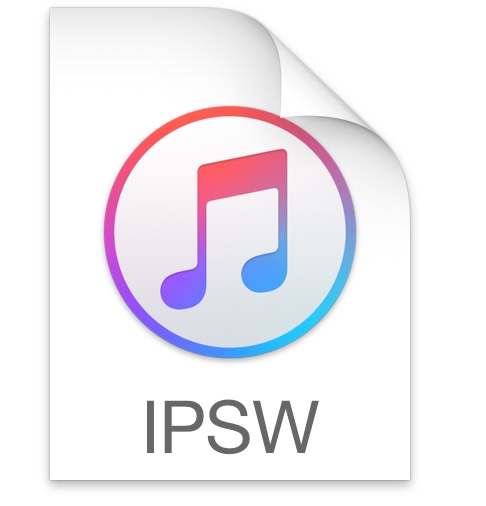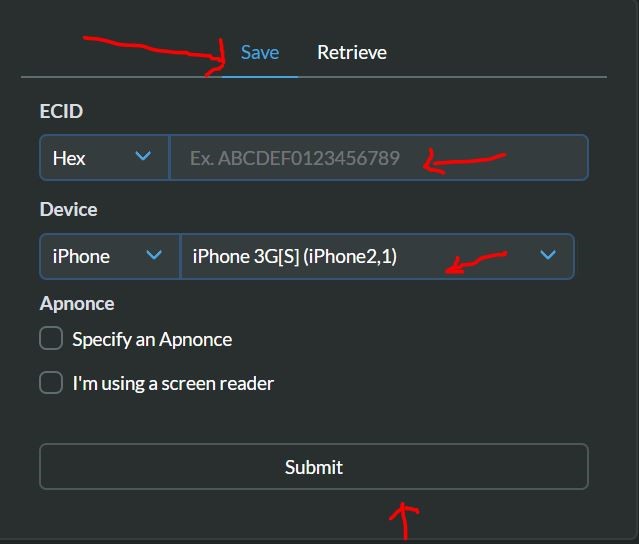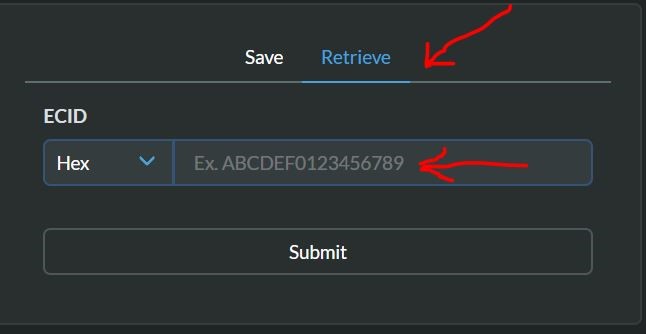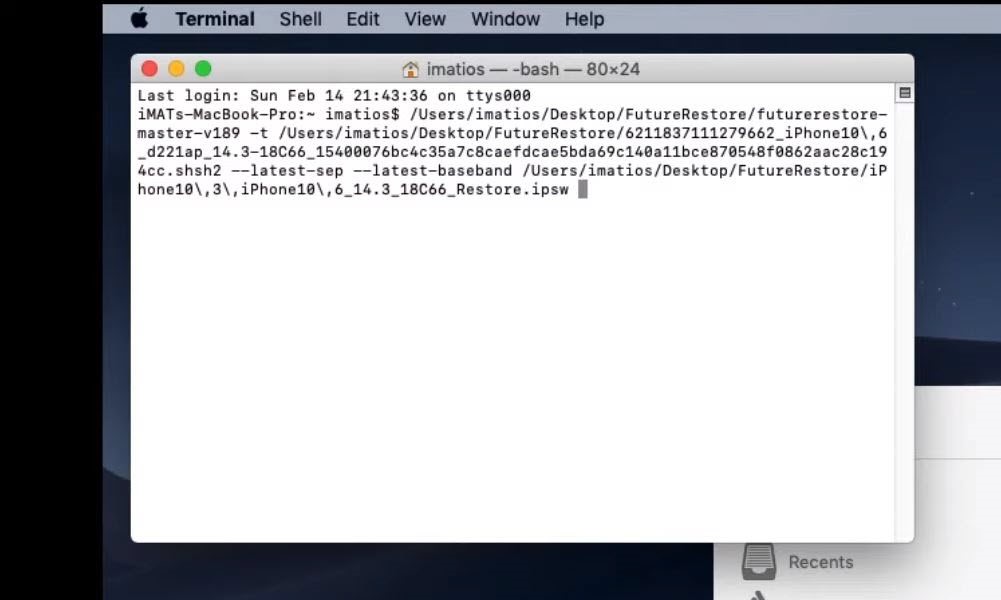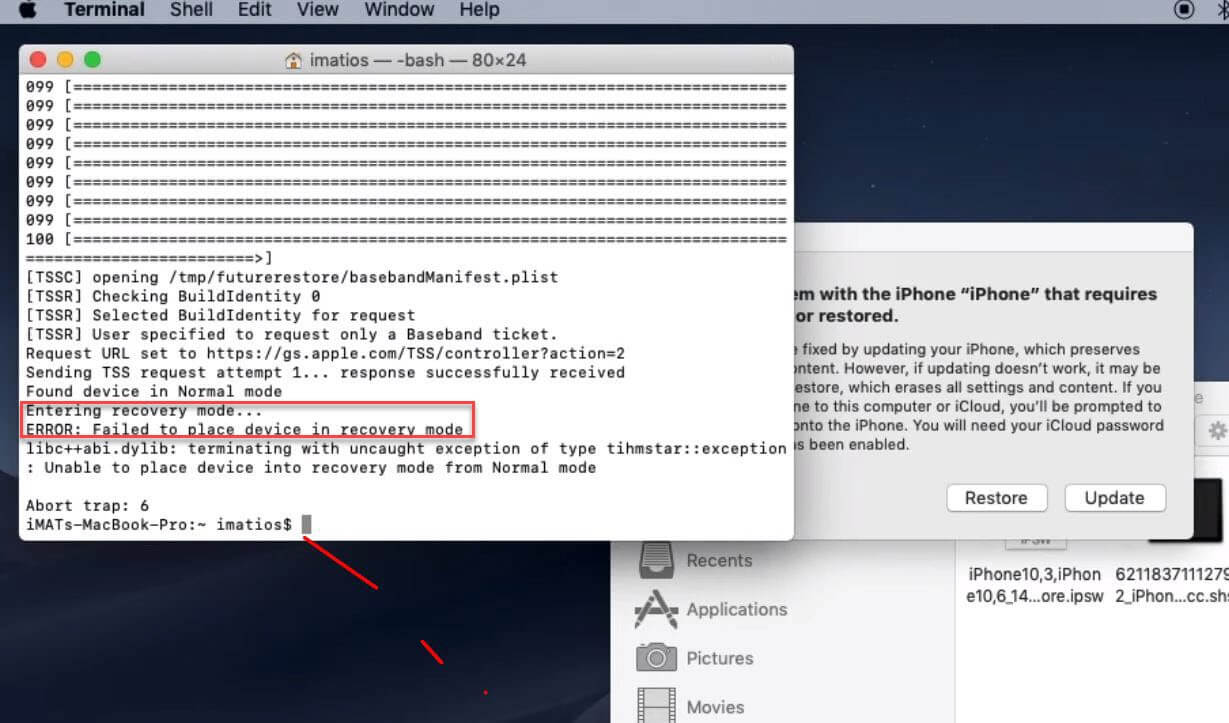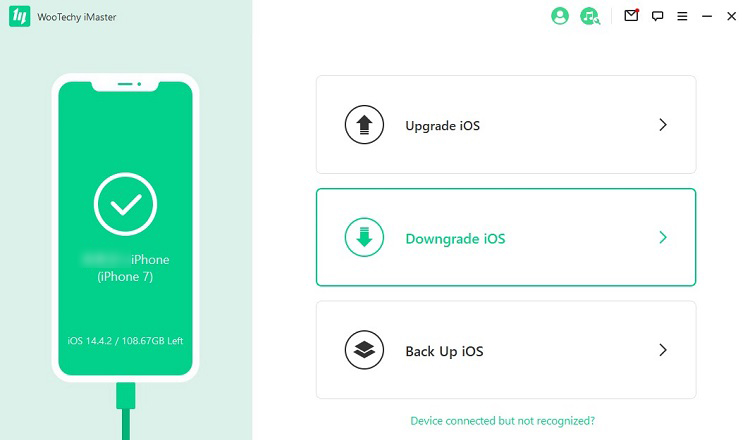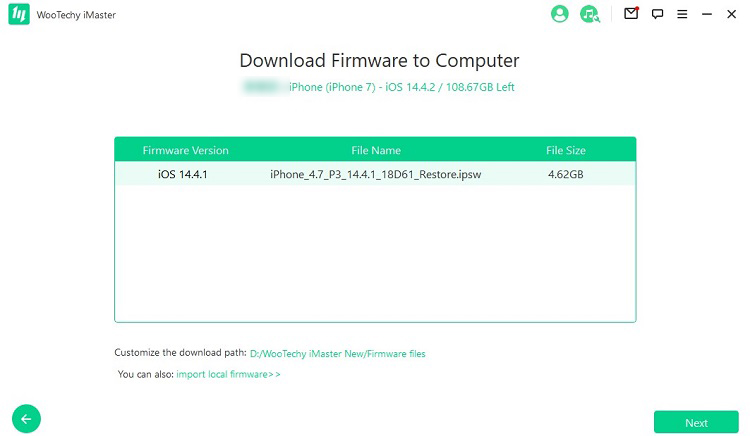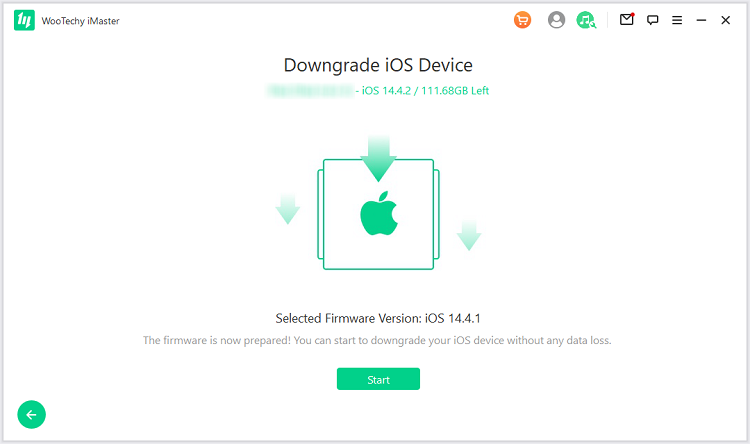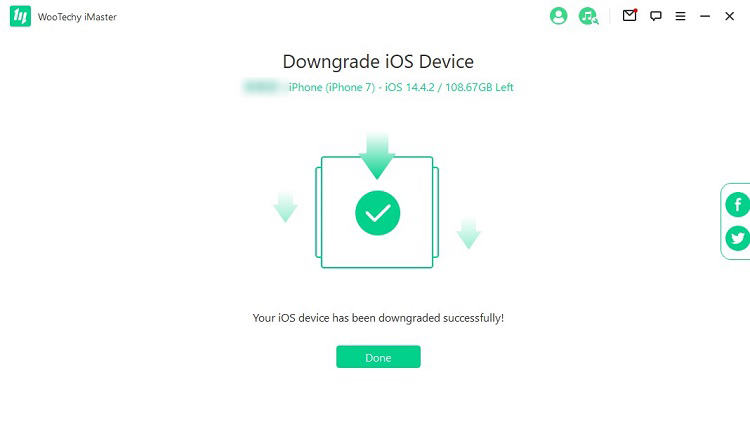Unsigned ipsws что это
Подпись прошивки iOS — что это, как проверить и можно ли ее обойти?
Привет! Любой человек, который использует iPhone (iPad) рано или поздно просто обязан столкнуться с таким понятием, как «Подпись прошивки iOS». Скорей всего, это произойдет в тот момент, когда ему по каким-то причинам не понравится новое обновление и у него возникнет огромное желание «вернуть все как было» (откатиться на старую версию iOS).
Впрочем, желание — это хорошо, но одного только «хочу» явно недостаточно.
Ведь для возврата прошивки необходимо выполнение самого главного условия — компания Apple должна подписывать данную версию программного обеспечения. Что это за подпись и можно ли без нее обойтись? Сейчас все быстренько расскажу — поехали же!
Начнем, конечно же, с базовых вещей.
Что такое подпись прошивки iOS?
Говоря простым языком — это «добро» от компании Apple на установку определенной версии прошивки. Не поняли о чем речь? Давайте разберемся чуть подробней…
Самое главное, что нужно запомнить:
Apple (в большинстве случаев) разрешает устанавливать только самую последнюю версию программного обеспечения. Нет никаких промежуточных вариантов и свободных «прыжков» с одной версии на другую. Хочешь переустановить, восстановить, обновить операционную систему на своем iPhone или iPad? У тебя только один путь — установка самой свежей iOS.
Именно для этого и была внедрена «подпись прошивки». Как она работает?
Перед установкой iOS всегда отправляется запрос на сервера Apple. Если компания Apple видит, что версия прошивки отличается от самой последней, то на установку налагается запрет (iTunes «выдает» ошибку 3194).
Таким образом компания более или менее контролирует ситуацию с программным обеспечением на выпускаемых устройствах.
Как проверить — подписывает ли Apple прошивку?
Я не зря сделал небольшое уточнение и написал о том, что «Apple (в большинстве случаев) разрешает установку только самой последней версии iOS». Ведь иногда поставить предыдущую версию прошивки все-таки реально!
И когда же появляется такая возможность? У меня уже есть подробная инструкция на эту тему (крайне рекомендую к ознакомлению!). Но если читать лень, то вот два самых распространенных варианта:
Так как же узнать, какая версия iOS сейчас подписывается Apple для конкретного iPhone или iPad? Все очень просто:
Важно! Информация на сайте всегда актуальная — проверка подписи прошивок Apple осуществляется чуть ли не каждую минуту.
Тут же можно загрузить файл на компьютер, а затем, используя процедуру восстановления через iTunes, установить прошивку непосредственно на устройство.
Можно ли поставить прошивку без подписи?
Нет, подпись нужна всегда. Хотя, для достаточно старых устройств, таких как:
Какие-то варианты обхода все-таки существуют. Но они требуют выполнения слишком многих условий: сделанный джейлбрейк, наличие сохраненного SHSH сертификата, определенной прошивки и подходящей модели устройства.
Если все эти термины вам знакомы, то попробовать откатить прошивку без подписи можно. Как это сделать? У меня была мысль написать все эти инструкции здесь, но потом я передумал:
Так что мне остается сделать только одну вещь — сообщить не очень приятную новость для всех владельцев iPhone 5S, iPad 3, iPad Mini и более «старших» моделей. Итак, внимание — на все эти устройства нельзя поставить прошивку без подписи. Никак. Даже при помощи специальных программ. Даже за деньги. Даже… в общем, на данный момент такая возможность полностью отсутствует.
Unsigned ipsws что это
Signed IPSW files can be restored via iTunes. Unsigned IPSWs cannot currently be restored via iTunes.
Signed IPSWs
| ✓ | iOS 15.1.1 (19B81) | 17th November 2021 | 6.78 GB | iPhone13,2,iPhone13,3_15.1.1_19B81_Restore.ipsw |
Unsigned IPSWs
| ✗ | iOS 15.1 (19B74) | 25th October 2021 | 6.79 GB | iPhone13,2,iPhone13,3_15.1_19B74_Restore.ipsw |
| ✗ | iOS 15.0.2 (19A404) | 11th October 2021 | 6.76 GB | iPhone13,2,iPhone13,3_15.0.2_19A404_Restore.ipsw |
| ✗ | iOS 15.0.1 (19A348) | 1st October 2021 | 6.76 GB | iPhone13,2,iPhone13,3_15.0.1_19A348_Restore.ipsw |
| ✗ | iOS 15.0 (19A346) | 20th September 2021 | 6.76 GB | iPhone13,2,iPhone13,3_15.0_19A346_Restore.ipsw |
| ✗ | iOS 14.8 (18H17) | 13th September 2021 | 5.89 GB | iPhone13,2,iPhone13,3_14.8_18H17_Restore.ipsw |
| ✗ | iOS 14.7.1 (18G82) | 26th July 2021 | 5.89 GB | iPhone13,2,iPhone13,3_14.7.1_18G82_Restore.ipsw |
| ✗ | iOS 14.7 (18G69) | 19th July 2021 | 5.89 GB | iPhone13,2,iPhone13,3_14.7_18G69_Restore.ipsw |
| ✗ | iOS 14.6 (18F72) | 24th May 2021 | 5.87 GB | iPhone13,2,iPhone13,3_14.6_18F72_Restore.ipsw |
| ✗ | iOS 14.5.1 (18E212) | 3rd May 2021 | 5.87 GB | iPhone13,2,iPhone13,3_14.5.1_18E212_Restore.ipsw |
| ✗ | iOS 14.5 (18E199) | 26th April 2021 | 5.87 GB | iPhone13,2,iPhone13,3_14.5_18E199_Restore.ipsw |
| ✗ | iOS 14.4.2 (18D70) | 26th March 2021 | 5.69 GB | iPhone13,2,iPhone13,3_14.4.2_18D70_Restore.ipsw |
| ✗ | iOS 14.4.1 (18D61) | 8th March 2021 | 5.69 GB | iPhone13,2,iPhone13,3_14.4.1_18D61_Restore.ipsw |
| ✗ | iOS 14.4 (18D52) | 26th January 2021 | 5.7 GB | iPhone13,2,iPhone13,3_14.4_18D52_Restore.ipsw |
| ✗ | iOS 14.3 (18C66) | 14th December 2020 | 5.69 GB | iPhone13,2,iPhone13,3_14.3_18C66_Restore.ipsw |
| ✗ | iOS 14.2.1 (18B121) | 19th November 2020 | 5.45 GB | iPhone13,2_14.2.1_18B121_Restore.ipsw |
| ✗ | iOS 14.2 (18B111) | 18th November 2020 | 5.44 GB | iPhone13,2_14.2_18B111_Restore.ipsw |
| ✗ | iOS 14.2 (18B92) | 5th November 2020 | 5.43 GB | iPhone13,2_14.2_18B92_Restore.ipsw |
| ✗ | iOS 14.1 (18A8395) | 20th October 2020 | 5.44 GB | iPhone13,2_14.1_18A8395_Restore.ipsw |
All information on these pages is auto updated at least every minute. When you click on any Apple Software link on the site, you are redirected to an Apple server. We do not (and never will) mirror these files.
«Apple», «iOS», «iPadOS», «watchOS», «tvOS», «audioOS», «iPhone», «iPad», «Apple Watch», «iPod Touch», «Apple TV», «HomePod» and «iTunes» are trademarks of Apple Inc.
IPSW Downloads uses cookies to improve your browsing experience and provide advertisements. View our cookie policy for more details.
Внезапно. Apple разрешила устанавливать старые версии iOS (больше нельзя)
Apple продолжает изменять своим принципам и продолжила подписывать старые прошивки. Вот это поворот.
UPD: Apple перестала подписывать старые прошивки.
Последняя версия iOS 10 потеряла официальную поддержку 5 октября 2017 года. Сегодня же компания возобновила возможность отката на iOS 10.2, iOS 10.2.1 и iOS 10.3. Это касается iPhone 5s и более новых моделей.
Что еще интереснее, iPhone 5, 5C и 5S можно откатить до iOS 7.0.3, iOS 7.0.4, iOS 7.1, iOS 7.1.1 и iOS 8. Об этом компания официально не стала заявлять, поэтому любопытна реальная причина такого решения.
iPhone 4 можно откатить вплоть до iOS 6, iPhone 3GS – до iOS 4.1, iPhone 3G – до iOS 2.0. А на iPhone 2G прямо сейчас можно установить iPhone OS 1.0! Скачать любую из перечисленных версий операционной системы можно по этой ссылке.
Возможно, Apple просто решила пойти на уступки после более чем 24 исков против замедления смартфонов. И дать владельцам iPhone возможность пользоваться более старыми, плавными версиями операционной системы.
Важно!
Мы попробовали откатиться на старую версию iOS. Откат прошёл успешно, но iPhone не удалось активировать. Во всяком случае, пока.
Не забудьте создать резервную копию перед процедурой отката, дабы не потерять важные данные.
Как откатиться до не подписываемой версии iOS с помощью «futurerestore»
Сегодня мы подробно расскажем, как откатиться до версии iOS, которая больше не подписывается. К примеру, до iOS 11.1.2, на которую можно установить джейлбрейк. Используемый способ проверялся на попытке откатить iPhone 5s до iOS 11.1.2, а затем и до iOS 11.0.3. Всё получилось.
После выпуска обновлений Apple обычно перестаёт подписывать предыдущие версии iOS спустя две недели. Эта стратегия используется компанией для того, чтобы бороться с джейлбрейком. Если файл прошивки не подписывается, до неё нельзя откатиться, а соответственно и установить джейлбрейк. Возможность обновляться или делать откат до не подписываемых версий iOS очень полезна, если вы хотели бы установить на своё устройство джейлбрейк. Используя метод, описанный ниже, вы сможете откатиться до iOS 11.1.2 и установить джейлбрейк Electra или LiberiOS.
Предупреждение
Данная инструкция предназначена для пользователей с достаточными навыками для подобных операций. В процессе у вас что-то может не получиться, и устройство придётся обновить до последней доступной версии iOS, т.е. вы потеряете джейлбрейк. Внимательно читайте каждое указание и вникайте в каждое слово. Обновиться или откатиться до не подписываемой версии прошивки можно лишь в том случае, если у вас сохранены её файлы SHSH blobs. Мы использовали iPhone 5s и произвели откат до версии iOS 11.0.3, в которой нет бага гироскопа, как в iOS 11.1.x. Если у вас уже установлен джейлбрейк, а на устройстве есть 10Гб свободной памяти, ваши шансы на успешный откат значительно выше.
Требования
Как обновиться или откатиться до не подписываемой версии iOS с помощью «futurerestore»
Шаг 3: Подсоедините своё устройство с iOS к ПК с Windows. Проверьте, чтобы iTunes не работал на фоне, и что компьютер подключён к сети. Откройте командное окно и введите
Затем введите следующую команду:
Если вы не меняли названия файлов, команда будет выглядеть как-то так:
Нажав Enter, вы увидите длинное сообщение. Не прерывайте процесс до его завершения.
В процессе у программы futurerestore может не получиться ввести ваше устройство в режим восстановления, и это придётся сделать самостоятельно. Каждый раз, когда устройство будет выходить из режима восстановления до завершения процесса, вам придётся повторять все шаги заново.
Выйти из режима восстановления можно с помощью следующей команды:
Просто подождите, и процесс, скорее всего, завершится успешно.
Это всё. Вы должны успешно откатиться до старой версии iOS. Затем вы можете восстановить все свои данные из копии.
Proven Ways to Restore Unsigned IPSW
Apr 18, 2021 (Updated: Nov 15, 2021) • Filed to: Downgrade iOS
6K views, 7 min read
As Apple releases new iOS software versions, it also stops signing some older versions. This means sooner or later, your current iOS version will no longer be supported, and you may have to upgrade to a newer iPhone firmware version.
But every iOS update comes with its downsides. While the 14.4.2 version update fixes some performance issues introduced by earlier versions, the update also caused new problems like short battery lifespan, iPhone freezes, and charging issues.
One way to solve update-related issues on iOS is to move back to a known stable version, in other words, downgrade to unsigned iOS version. But what if Apple has stopped signing a version you intend to move back to? You might be wondering whether it’s possible to restore unsigned IPSW of that said version. Regardless of what you think, let’s find out.
Bonus: How to Downgrade iOS with WooTechy iMaster
Is It Possible to Restore To Unsigned IPSW?
Yes, you can restore your iOS device to an unsigned IPSW firmware, but not in the traditional way. Usually, when you want to upgrade or downgrade to an iOS version using the IPSW restore file, you will do so through iTunes.
During the downgrade process, iTunes will make some verifications and checks with Apple servers to ensure you are restoring a signed IPSW file. Anyone trying to work with unsigned IPSWs firmware will only get you an error message.
To upgrade or downgrade to a previous iOS firmware that has stopped being signed by Apple, part of the requirements are a third-party restore app, the destination unsigned iOS IPSW file, and its SHSH blob file. You will learn more about these requirements in this blog. So keep reading.
What is Unsigned IPSW?
IPSW is the file extension of Apple’s iPhone mobile operating system. An unsigned IPSW means Apple has stopped supporting the iOS version. iOS users wouldn’t be able to use iTunes to restore to an unsigned firmware.
Apple periodically unsigns iOS version because of security issues and to encourage users to make use of additions newer updates have to offer.
Regardless of the reason and as we mentioned earlier, new versions of iOS software often cause unpleasant experiences to device performance and features. To resolve firmware update bugs and issues, reverting to a previous stable iOS version might be the solution.
Restore Unsigned IPSW Using SHSH2 Blobs
You learned earlier that it is possible to restore unsigned IPSWs with the help of SHSH2 Blobs. These blob files are the digital signatures that Apple places on each IPSW firmware file for each iOS device. When Apple stops signing a particular firmware, it removes the sign (signature) from the firmware so users won’t be able to upgrade or downgrade to it.
Note: You must have saved a blob (digital signature) file of the iOS version you want to restore while the version is still being signed by Apple. Once Apple stops signing an iOS firmware version, the signature is removed, and then, you can’t restore the firmware.
Online tools like TTS Saver can help with blob saving. You can start saving the digital signature of your current iOS firmware now for possible future use. For how to save and restore SHSH2 blob files, see the steps below. You’ll find this useful when restoring iOS.
Step 1: Connect your iPhone to your Mac or Windows computer using a data transfer cable.
Step 2: Open iTunes on your PC and navigate to the iPhone device information page by clicking the mobile icon at the top screen. Keep clicking on Serial Number until ECID appears. Copy the value next to it.

Step 3: Go to this website. Enter your ECID, choose your iPhone model and click «Submit«. The online tool will automatically save the blob of all available iOS firmware for your iPhone device and provide you with an option to download any of them.

Step 4: Referring to the image below, insert your ECID value and click submit to see all blob files you’ve previously saved.
With your blob files ready, you’re only halfway through completing how to downgrade to unsigned iOS. That said, follow the instructions in the next section to discover how to use FutureRestore to complete unsigned iOS restore.
Restore Unsigned IPSW by FutureRestore
To downgrade to unsigned IPSW file using FutureRestore, follow the steps below:
Requirements:
A more recent version of the Futurerestore.
The IPSW file of the unsigned iOS you’re restoring to.
The blob file of #2 (which you’ve learned how to save and retrieve in the previous section).
With all these requirements set, continue with the instructions below.
Step 1: Connect your iPhone to your PC, making sure your PC has an Internet connection.
Step 2: Put all the 3 items listed in the requirements into one folder.
Step 3: Open up Terminal on your Mac computer or Command Prompt (for Windows users).
Step 4: Drag the unarchived FutureRestore file into Terminal and type -t.
Step 6: Drag the unsigned iOS firmware into the Terminal screen as well. After performing steps #4 through #6, your terminal or Command Prompt interface should look like the one in the image below.
Step 7: Press enter and let the downgrade process begin and complete.
Step 8: If the log on the Terminal screen indicated that the process is stuck and failed at recovery mode, simply reenter the line of codes and try again.
Bonus: How to Downgrade iOS with WooTechy iMaster
Although you can use methods above to downgrade iOS, its still risky and terribly complicated. If you don’t want to deal with any technical process, you may turn to WooTechy iMaster, which offers a surprisingly easy solution to downgrade your iOS.
Great Features of WooTechy iMaster
User-friendly, without any technical knowedge required to downgrade iOS.
Easy to downgrade and upgrade, with no risk of losing data at all.
Free to back up and upgrade, during which you can check the compability.
Able to downgrade the newest iOS 15 to previous iOS 14.
Video tutorial for iOS downgrade:
Here are the steps to downgrade iOS with iMaster:
Step 1: Download and launch WooTechy iMaster. Conect your iOS device to your computer via USB, and select «Downgrade iOS» mode.
Step 2: The program will then prompt you to choose a firmware version you need. Note that you can customize the firmware download path here and import local firmware. Click «Next» to start downloading the firmware to computer.
Step 3: Once the firmware is downloaded and verified, your device is then well-prepared for downgrade. Click «Start» to proceed.
Step 4: You will see a prompt saying «downgraded successfully«. Just click «Done» to finish the downgrade process.
Conclusion
Apple periodically stops signing previous iOS versions when new versions are rolled out. This blog, however, has helped you see that you can still restore unsigned IPSW if you saved it with an online tool like TTS Saver. With your blob file and the unsigned firmware ready, you can make use of the FutureRestore tool to move back to your favorite, buggy-free iOS version.
In addition, as a professional software designed for the iOS downgrade and upgrade, WooTechy iMaster can help downgrade your iOS device even from the newest iOS 15 to iOS 14 in a few clicks. If you and found this post useful, share it with those who might be looking for a resource like this. And don’t hesitate to drop any questions or feedback you might have.
